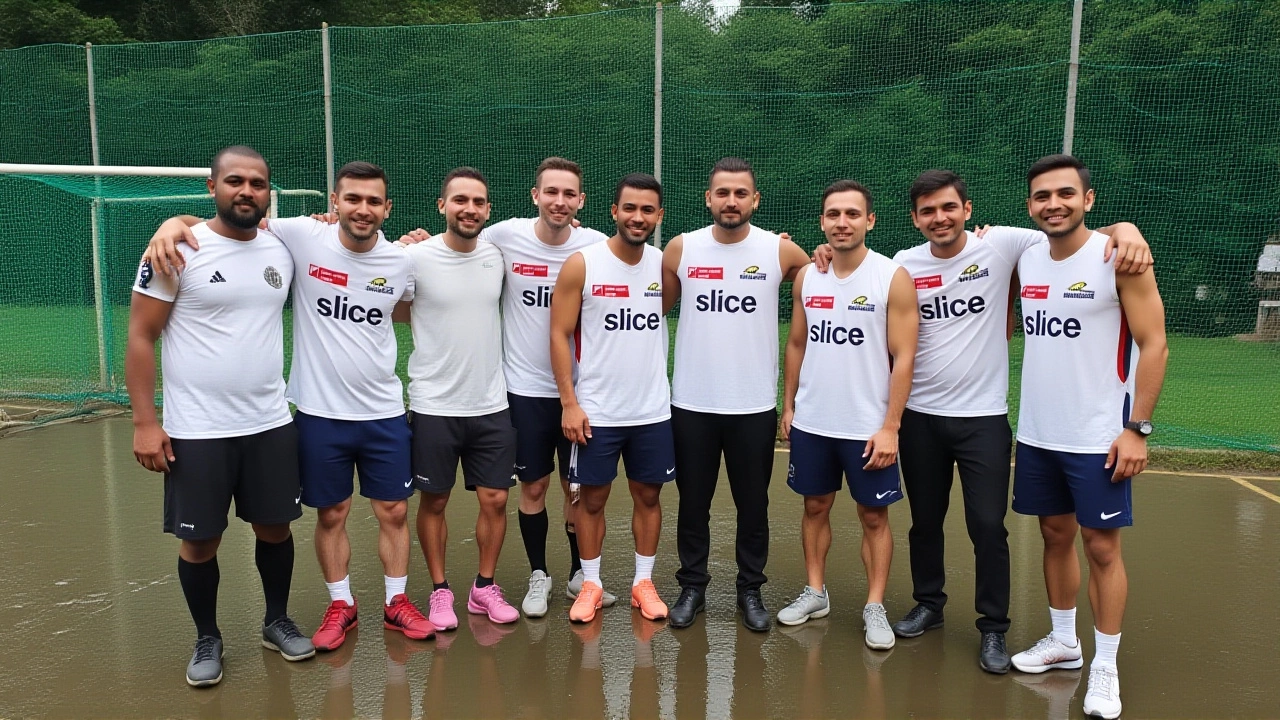Drone Certification: Essential Guide for Aspiring UAV Pilots
When working with drone certification, the official process that validates your ability to operate unmanned aerial vehicles safely and legally. Also known as UAV pilot licensing, it requires meeting standards set by the civil aviation authority and following drone safety guidelines. Getting your UAV pilot license is the first milestone that proves you understand airspace rules, privacy concerns, and emergency procedures. In plain terms, the certification is a badge that says you can fly a drone without putting people or property at risk.
Key Steps to Achieve Drone Certification
First, you’ll need to complete a recognized flight training program. The program covers theory—like how to read aeronautical charts—and hands‑on practice, usually about 10 to 20 supervised flight hours. After training, you sit for a written exam that tests knowledge of airspace classifications, weather effects, and the legal framework set by the civil aviation authority. Passing the exam unlocks the ability to apply for the official license, which often includes a practical flight test where an examiner watches you demonstrate safe take‑off, maneuvering, and landing. The whole process ensures that drone certification encompasses both knowledge and real‑world skill.
Once certified, you must keep up with ongoing requirements: periodic medical checks, renewal fees, and staying current on any rule changes. Many pilots join local UAV clubs or online forums to share tips on maintaining compliance and improving flight techniques. This community vibe helps you stay sharp and makes the certification feel like a living credential rather than a one‑off stamp. Below you’ll find a curated list of articles that dive deeper into each of these steps, from choosing the right training school to navigating the paperwork for a smooth license approval.
